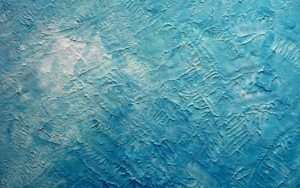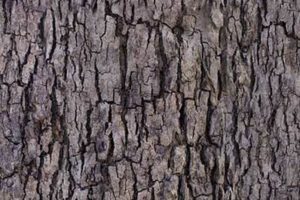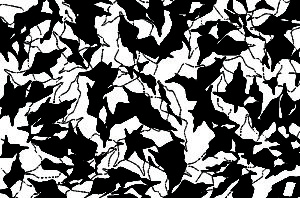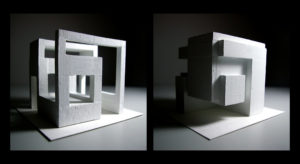INTRODUCTION
Designing relies on creativity & balanced composition of the Elements of Design!
A good design is about a creative management of its basic Elements. In order to create Design, one needs to understand the fundamentals of this subject.
Following pointers can be used by rookie of even pro Designers to brush up their fundamentals… 😉
So, here are the fundamental
Elements of Design…
1. LINE
The fundamental element of design is LINE. It can be considered in two ways – The linear marks made with a pen or brush or the edge created when two shapes meet.


2. Color
Colors play a large role in the elements of design with the color wheel being used as a tool, and color theory providing a body of practical guidance to color mixing and the visual impacts of specific color combination.

Color star containing primary, secondary, and tertiary colors.
Uses
- Color can aid organization to develop a color strategy and stay consistent with those colors.
- It can give emphasis to create a hierarchy to the piece of art.
- It is also important to note that color choices in design change meaning within cultural contexts. For example, white is associated with purity in some cultures while it is associated with death in others.
Attributes
- Hue
- Values, tints and shades of colors that are created by adding black to a color for a shade and white for a tint. Creating a tint or shade of color reduces the saturation.
- Saturation gives a color brightness or dullness, and by doing this it makes the color more vibrant than before.
3. Shape
A shape is defined as a two or more dimensional area that stands out from the space next to or around it due to a defined or implied boundary, or because of differences of value, color, or texture. All objects are composed of shapes and all other ‘Elements of Design’ are shapes in some way.

Categories
- Mechanical Shapes or Geometric Shapes are the shapes that can be drawn using a ruler or compass. Mechanical shapes, whether simple or complex, produce a feeling of control or order.
- Organic Shapes are freehand drawn shapes that are complex and normally found in nature. Organic shapes produce a natural feel
4. Texture
Meaning the way a surface feels or is perceived to feel. Texture can be added to attract or repel interest to an element, depending on the pleasantness of the texture.


Types of texture
- Tactile texture is the actual three-dimension feel of a surface that can be touched. Painter can use impasto to build peaks and create texture.
- Visual texture is the illusion of the surfaces peaks and valleys, like the tree pictured. Any texture shown in a photo is a visual texture, meaning the paper is smooth no matter how rough the image perceives it to be.
Most textures have a natural touch but still seem to repeat a motif in some way. Regularly repeating a motif will result in a texture appearing as a pattern.
5. SPACE
In design, space is concerned with the area deep within the moment of designated design, the design will take place on. For a two-dimensional design, space concerns creating the illusion of a third dimension on a flat surface:

- Overlap is the effect where objects appear to be on top of each other. This illusion makes the top element look closer to the observer. There is no way to determine the depth of the space, only the order of closeness.
- Shading adds gradation marks to make an object of a two-dimensional surface seem three-dimensional.
- Highlight, Transitional Light, Core of the Shadow, Reflected Light, and Cast Shadow give an object a three-dimensional look.
- Linear Perspective is the concept relating to how an object seems smaller the farther away it gets.
- Atmospheric Perspective is based on how air acts as a filter to change the appearance of distant objects
6. FORM
Form may be described as any three-dimensional object. Form can be measured, from top to bottom (height), side to side (width), and from back to front (depth). Form is also defined by light and dark. It can be defined by the presence of shadows on surfaces or faces of an object. There are two types of form, geometric (man-made) and natural (organic form). Form may be created by the combining of two or more shapes. It may be enhanced by tone, texture and color. It can be illustrated or constructed.

CONCLUSION
There are numerous thoughts on the Elements of Design, but I strongly believe that the outcome of any Design Process is inherently dependent on the Creativity of the Designer. Hence, if you are an aspiring designer, it’s time to get on board and start the application of these Design Elements.
Source: Wikipedia & Internet

Pingback: Interior Design Styles : 16 Best Interior Styles Explained
Pingback: 10 Great websites for Architectural Design Inspiration - amit murao
Pingback: Advantages of working in a Small Architecture Firm | amit murao
Pingback: History of Interior Design {infographic} | amit murao